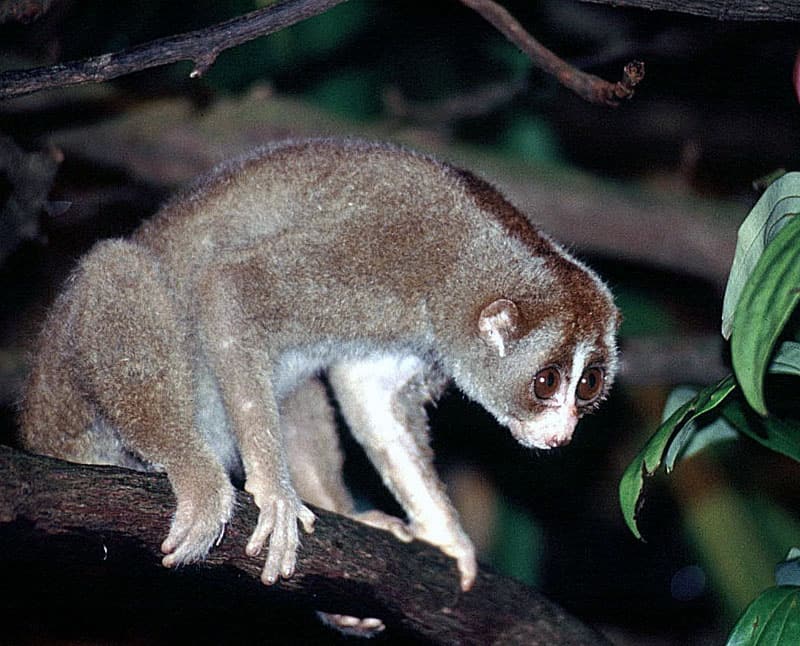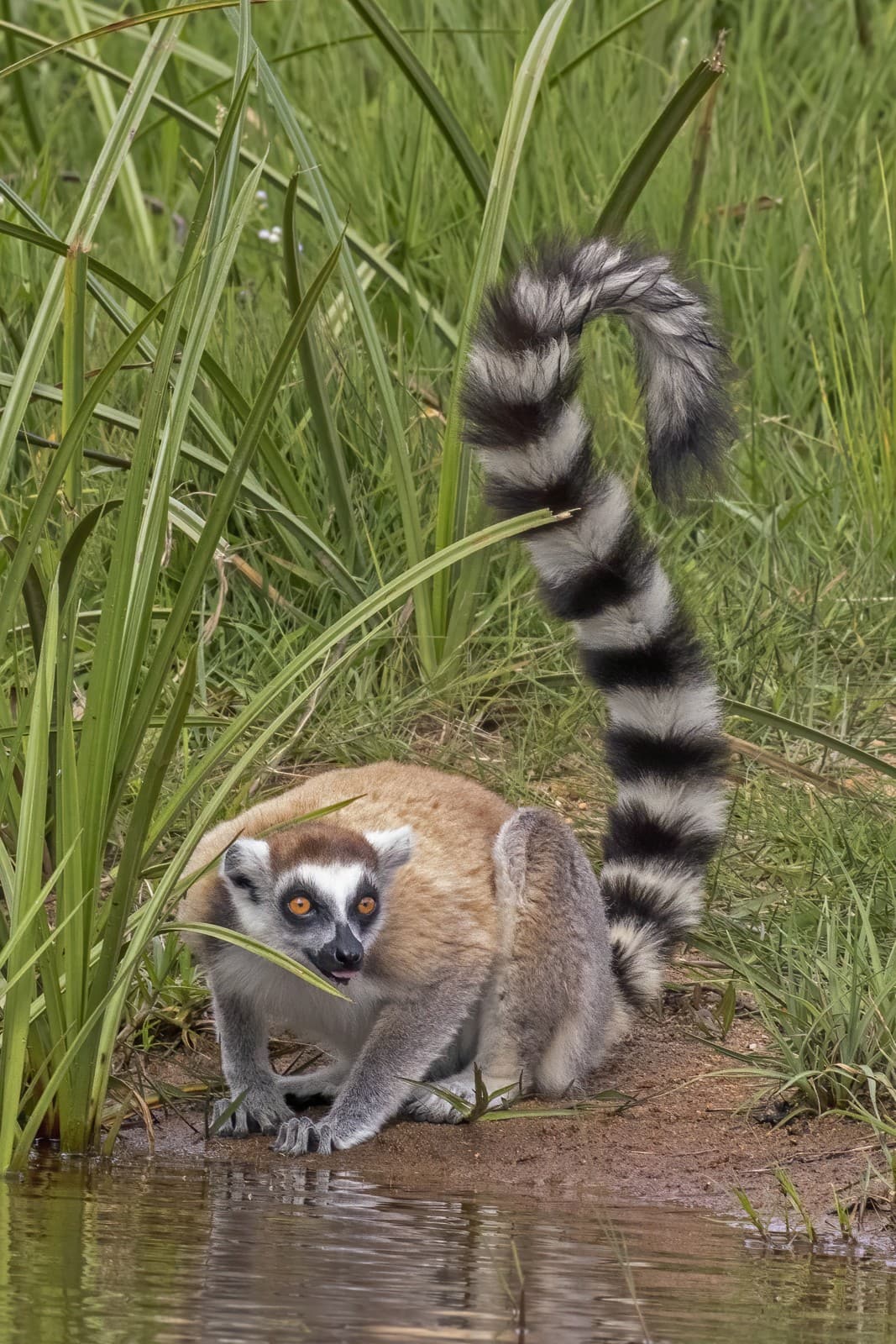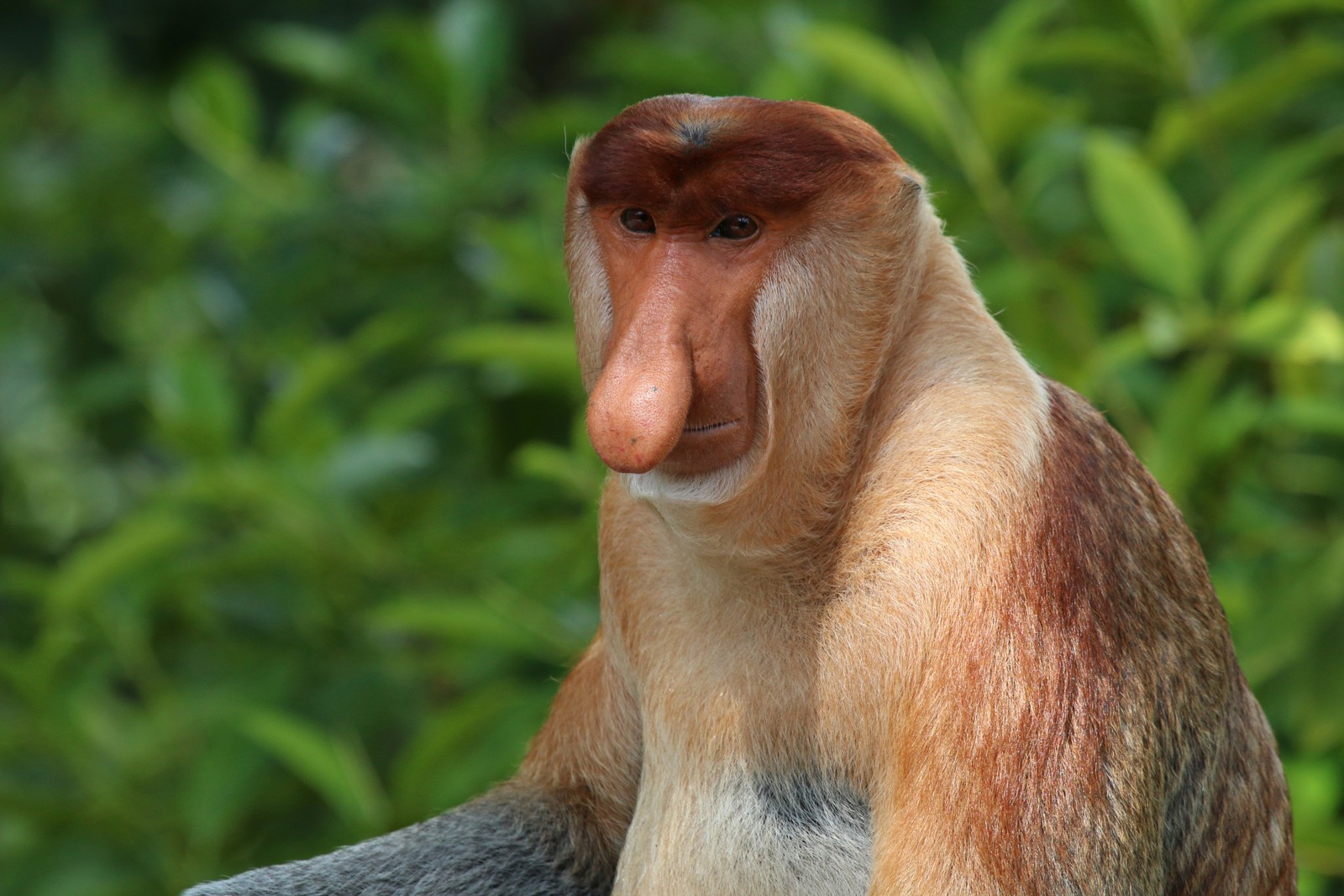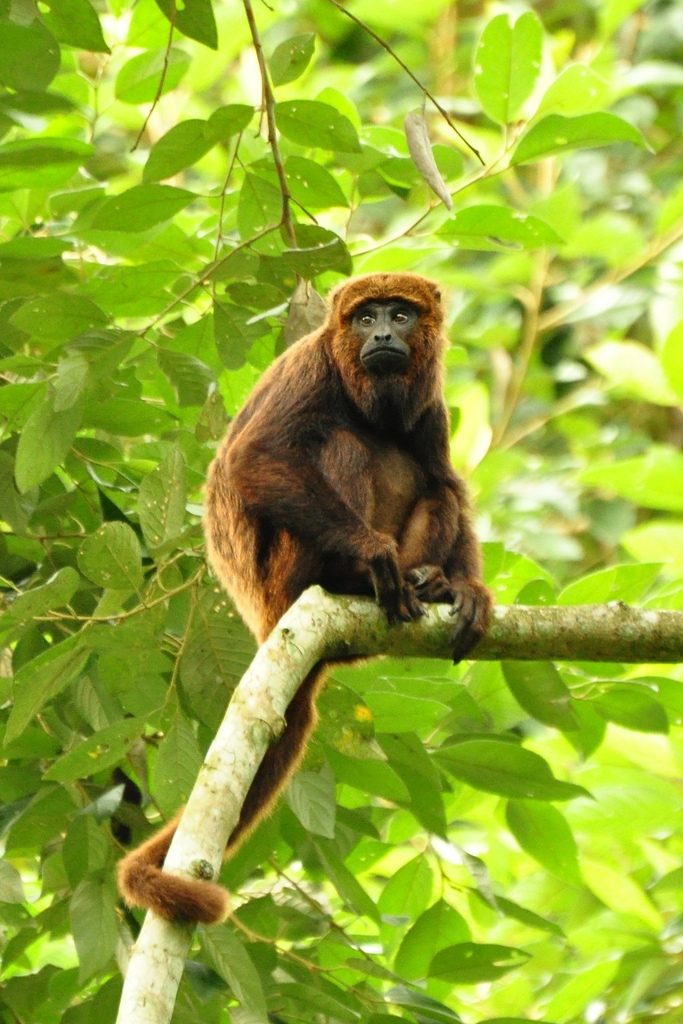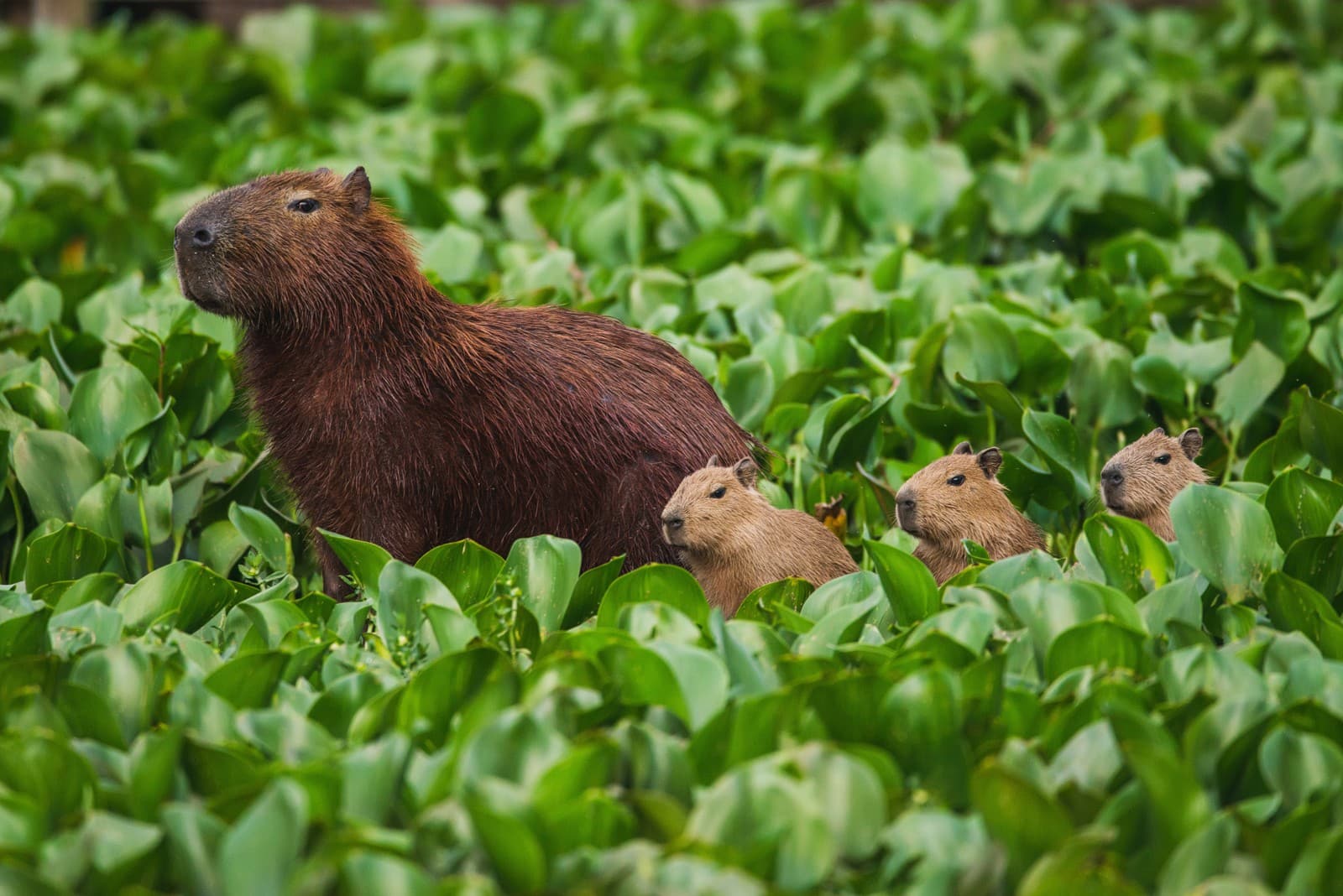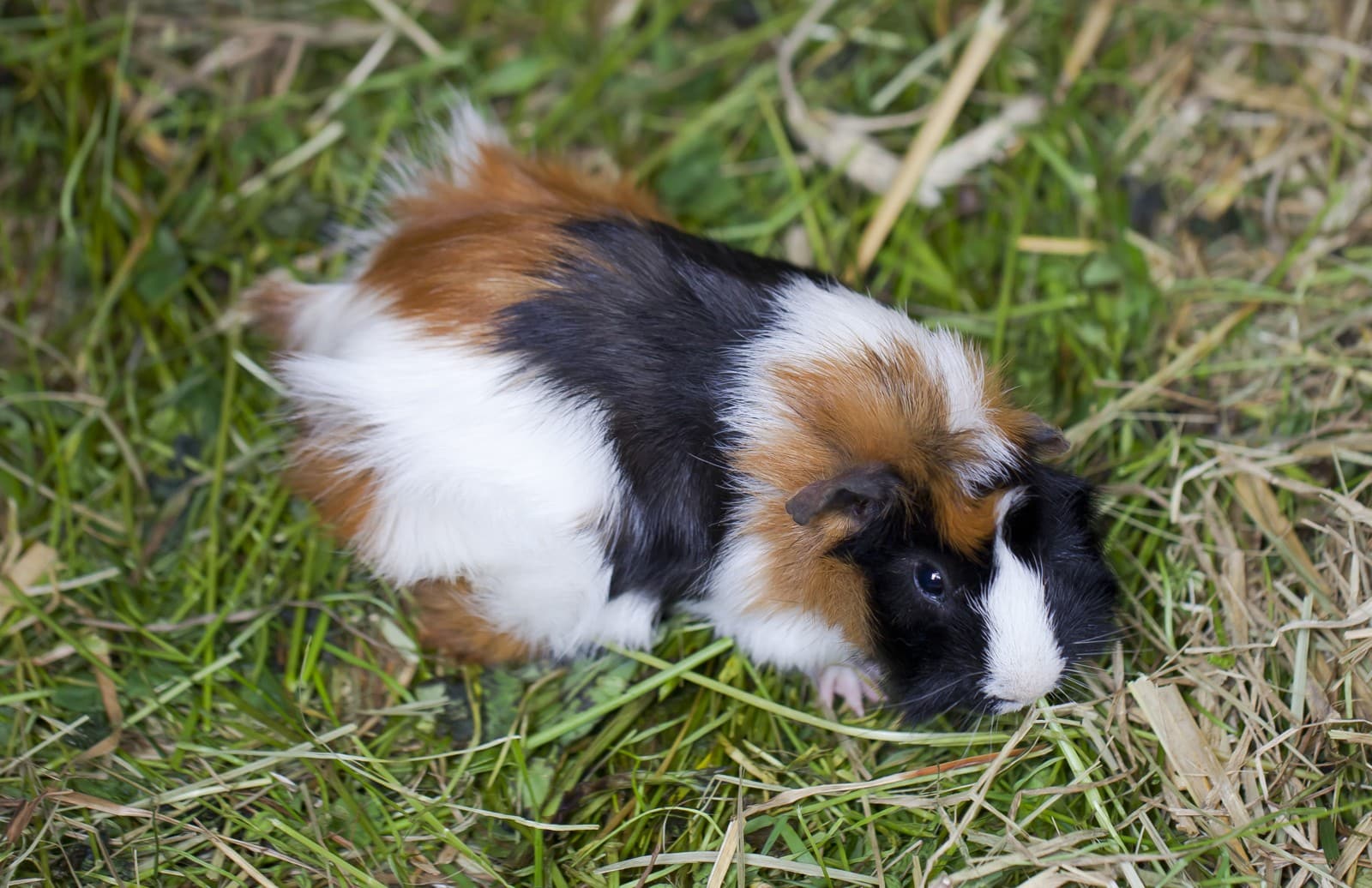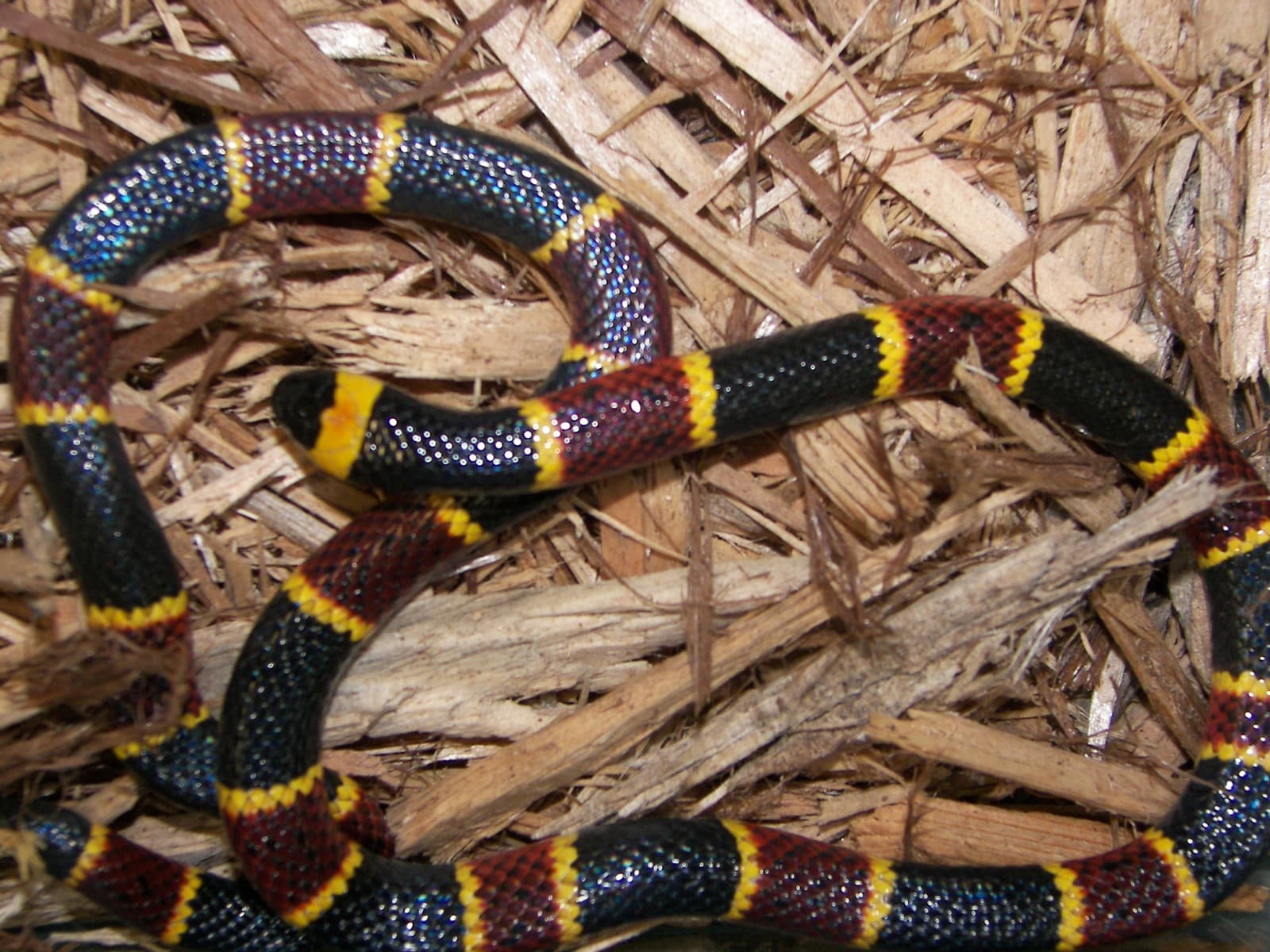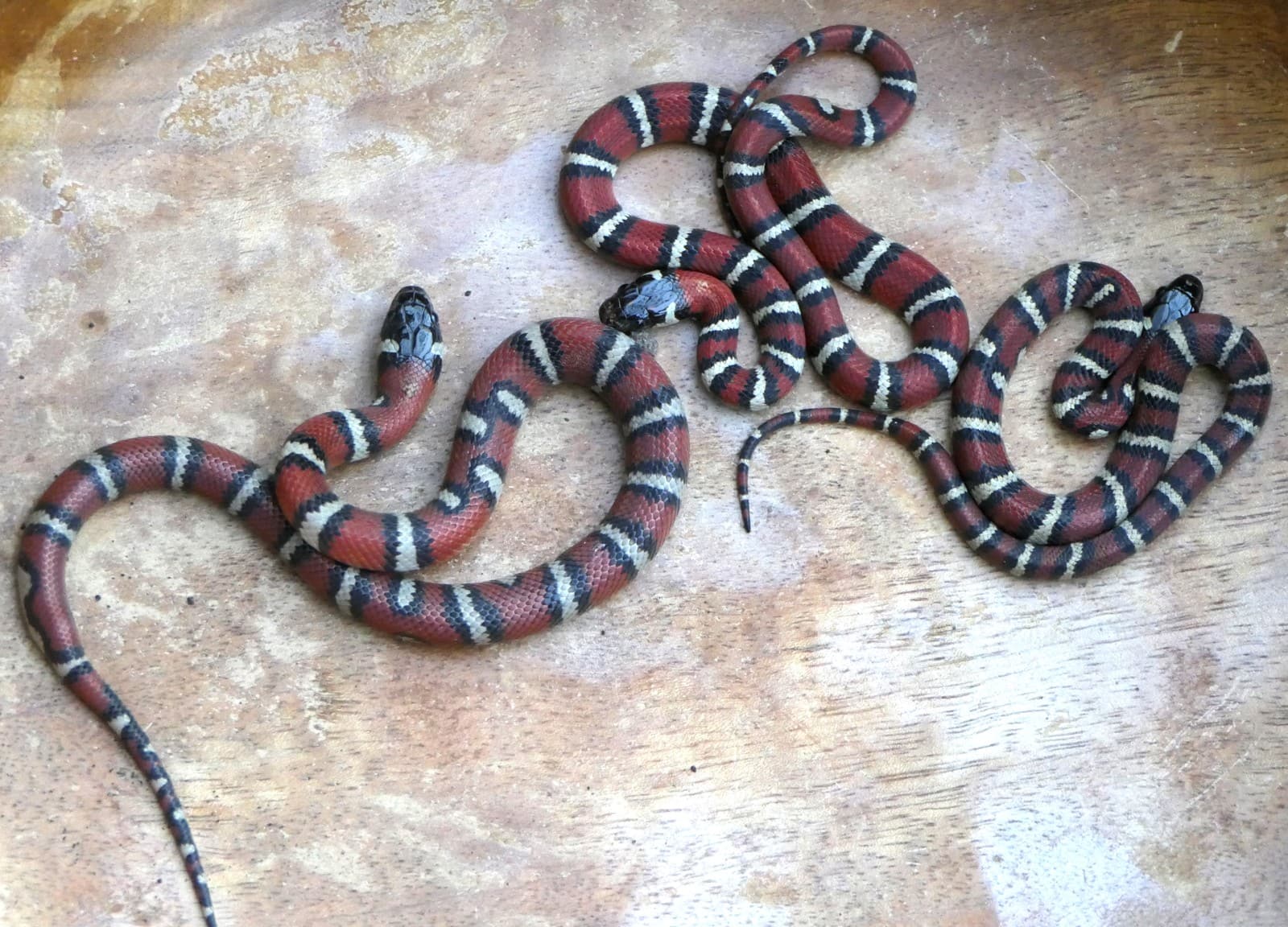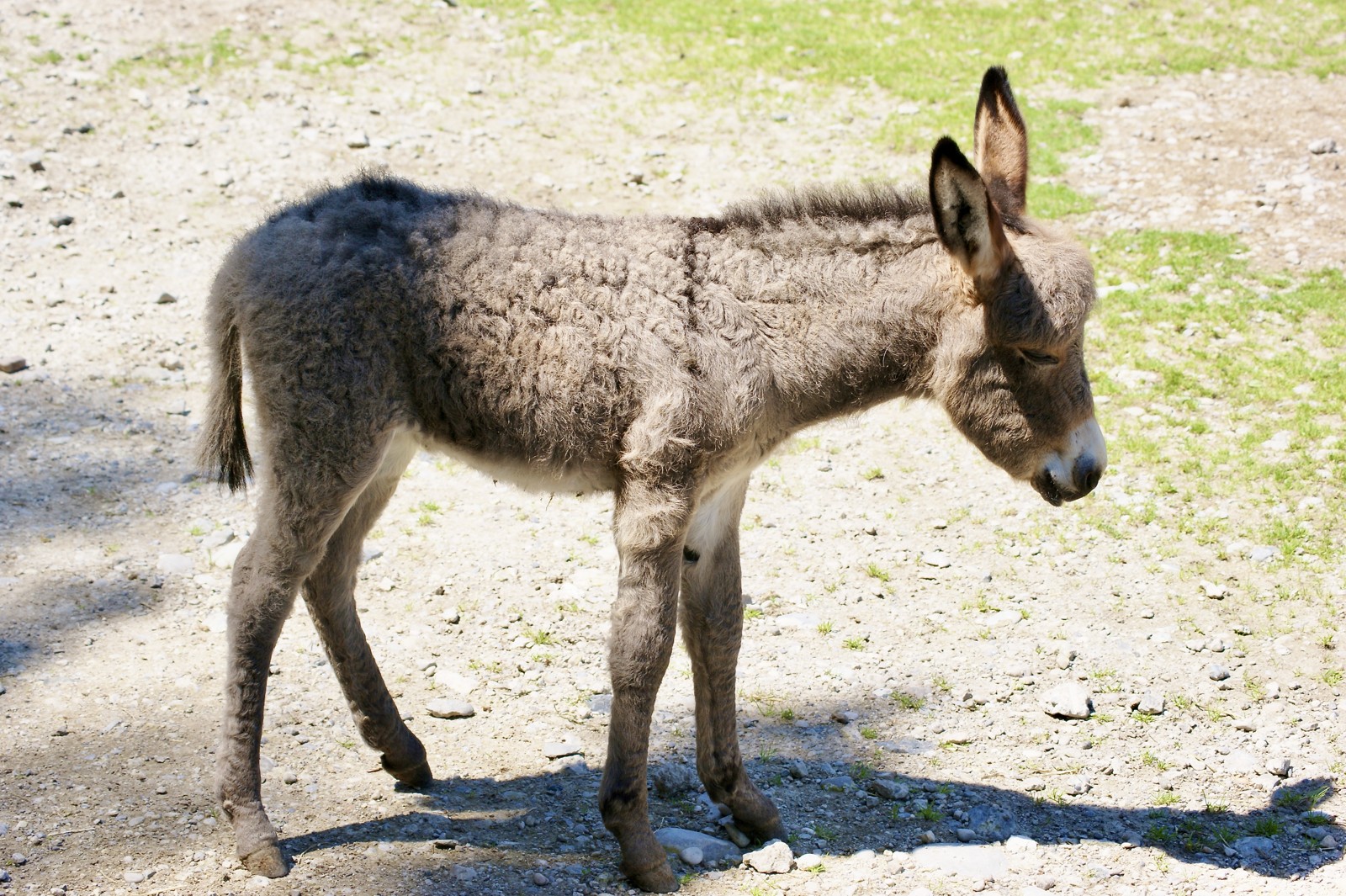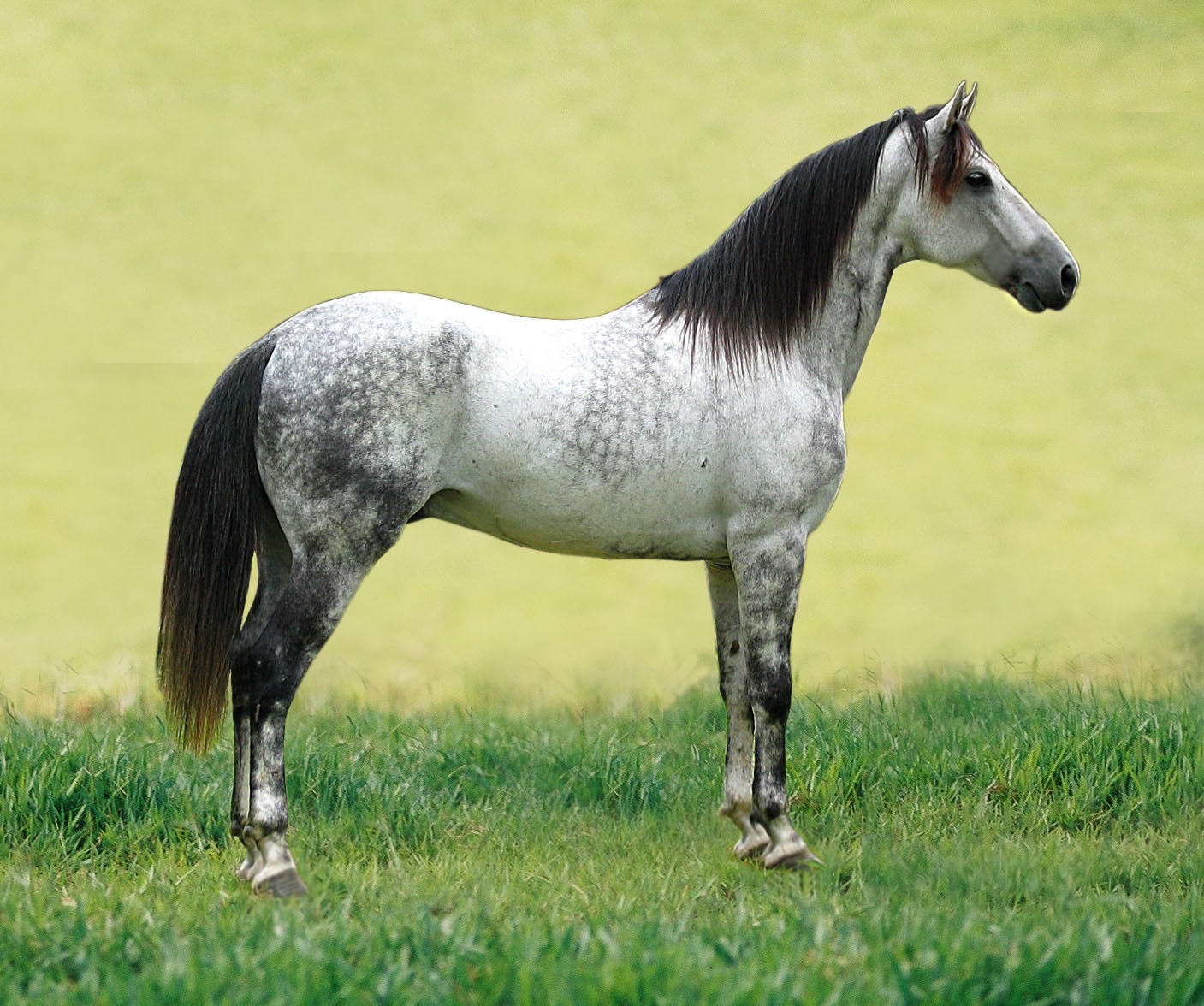Aye-Aye vs Lemur: A Complete Comparison
When comparing the Aye-aye vs Lemur, we’re examining two fascinating primates native to Madagascar, though they couldn’t be more different in appearance and behavior. While both belong to the lemur family, the Aye-aye (Daubentonia madagascariensis) stands out as the world’s largest nocturnal primate, weighing up to 6.6 pounds (3 kg), while typical lemurs, such as the Ring-tailed Lemur, average 5-7.5 pounds (2.3-3.4 kg) and are primarily active during daylight hours.
The most striking difference between these Madagascar natives lies in their specialized adaptations. Aye-ayes possess an extraordinary elongated middle finger used for echolocation-guided foraging, while typical lemurs have developed more generalized hands perfect for gripping branches and manipulating food. These distinct features reflect their vastly different ecological niches within Madagascar’s diverse ecosystems.
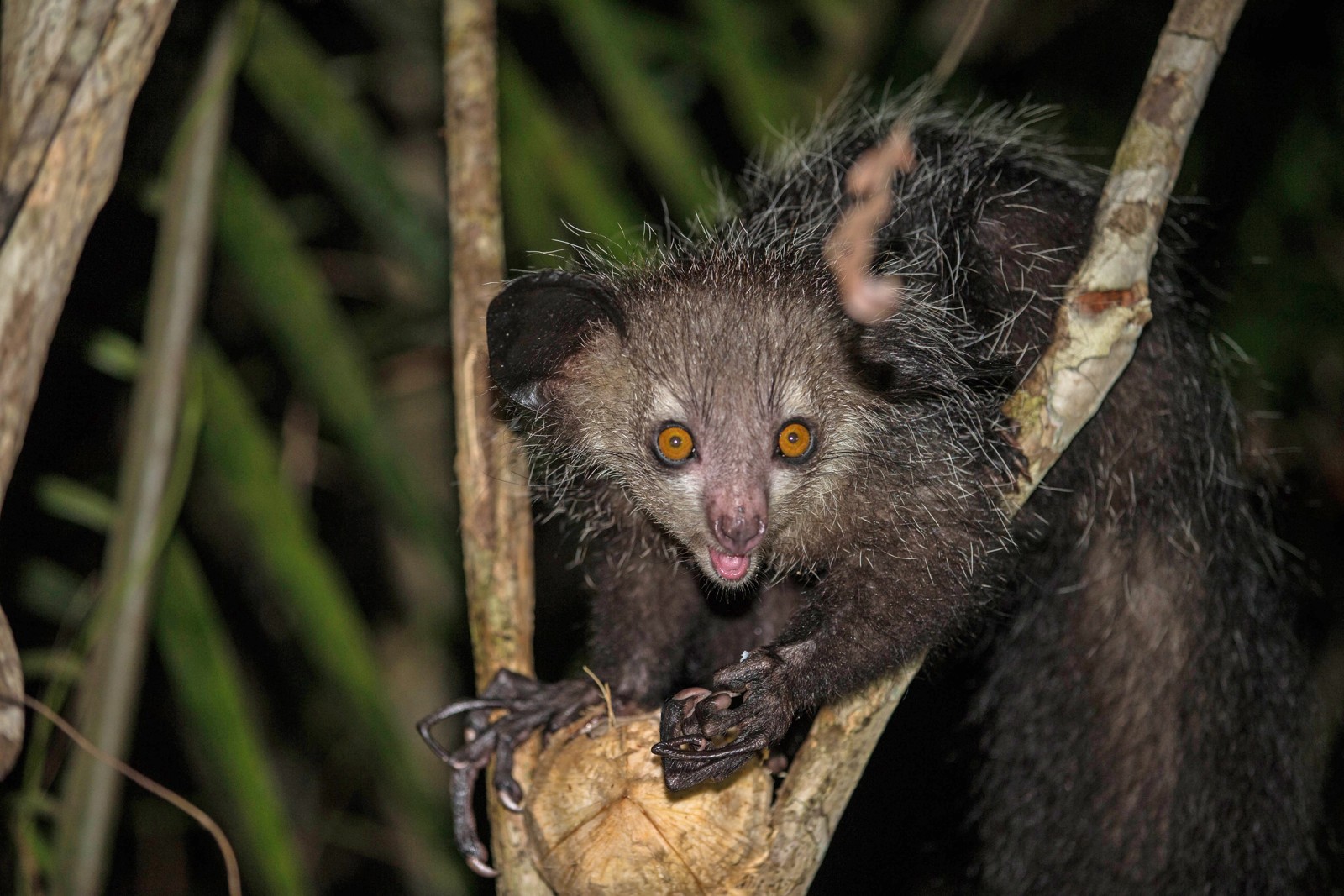
© nomis-simon / CC BY 2.0
The Aye-aye’s distinctive appearance showcases its unique adaptations for nocturnal foraging, including large eyes, bat-like ears, and specialized fingers that make it unlike any other primate on Earth.
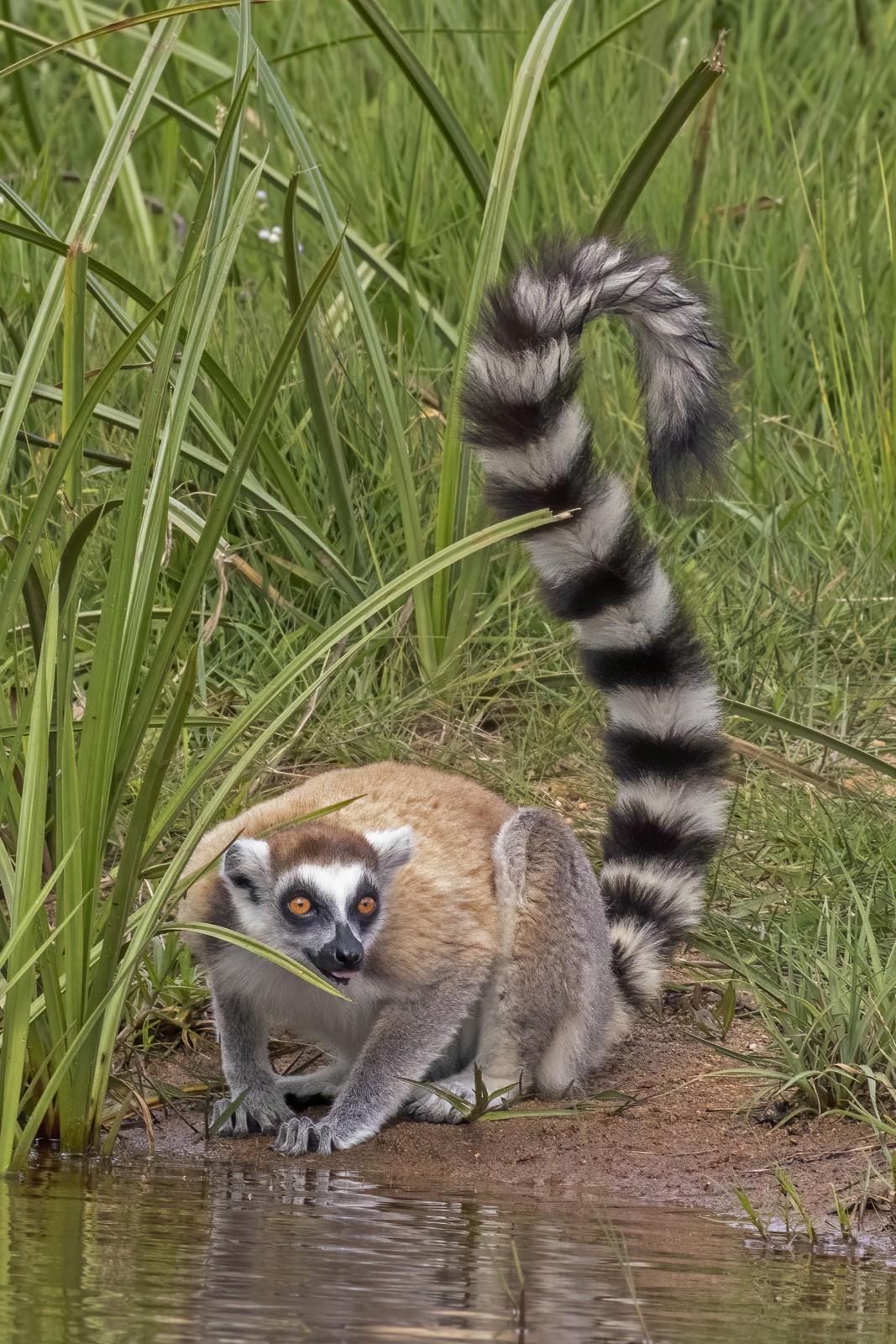
© Charles J. Sharp / CC BY-SA 4.0
The Ring-tailed Lemur demonstrates the classic lemur form, with its characteristic striped tail and adaptations for diurnal living in Madagascar’s diverse landscapes.
Key Physical Differences
| Feature | Aye-Aye | Lemur |
|---|---|---|
| Size | 14-17 inches (35-43 cm) body length | 15-18 inches (38-46 cm) body length |
| Weight | 4.4-6.6 pounds (2-3 kg) | 5-7.5 pounds (2.3-3.4 kg) |
| Distinctive Features | Elongated middle finger, rodent-like teeth | Long, striped tail, fox-like face |
| Activity Pattern | Nocturnal | Diurnal |
| Diet | Insectivorous/Omnivorous | Herbivorous/Omnivorous |
| Social Structure | Solitary | Group-living |
Behavioral Differences
The Aye-aye’s nocturnal lifestyle sets it apart from typical lemurs. These enigmatic creatures spend their nights tapping on trees with their specialized middle finger, listening for hollow spots that might contain insect larvae. Using their rodent-like teeth, they gnaw holes in the bark and extract their prey with their elongated middle finger.
In contrast, most lemurs are social animals that live in groups called troops. They’re active during daylight hours, feeding primarily on fruits, leaves, and occasionally insects. Their distinctive tails serve multiple purposes, including balance during arboreal travel and communication within their social groups.
Habitat and Distribution
While both species are endemic to Madagascar, their preferred habitats differ significantly. Aye-ayes inhabit rainforests on the eastern coast and in the northern part of the island, requiring dense canopy cover for their nocturnal activities. They occupy territories of up to 125 acres (50 hectares) per individual.
Lemurs, depending on the species, have adapted to various environments across Madagascar, from rainforests to dry spiny forests. Ring-tailed lemurs, for example, thrive in both gallery forests and spiny bush habitats, living in troops that maintain territories of 15-57 acres (6-23 hectares).
Conservation Status
Both animals face significant conservation challenges, but the Aye-aye’s situation is particularly precarious. Listed as Endangered on the IUCN Red List, Aye-ayes face threats from habitat loss and local superstitions that sometimes lead to persecution. Their specialized feeding habits make them especially vulnerable to environmental changes.
Most lemur species are also endangered, with habitat destruction and hunting being primary threats. However, their generally more adaptable nature and higher reproductive rates give them slightly better survival prospects in protected areas.
Intelligence and Learning Ability
Recent studies have revealed fascinating differences in cognitive abilities between these primates. Aye-ayes demonstrate remarkable problem-solving skills, particularly in tasks involving tool use and extractive foraging. Their unique feeding strategy requires complex spatial memory and fine motor control.
Lemurs excel in social learning and show strong abilities in tasks requiring cooperation. They demonstrate sophisticated social intelligence, with some species showing capabilities in numerical discrimination and tool use, though not to the same specialized degree as Aye-ayes.
Who Would Win in a Confrontation?
While direct confrontations between Aye-ayes and lemurs are extremely rare due to their different activity patterns, a theoretical analysis suggests neither would likely emerge as a clear victor. Aye-ayes possess powerful jaws and sharp teeth, but their solitary nature means they lack the group defensive strategies of lemurs. Lemurs, particularly when in groups, have strength in numbers and are more aggressive during daylight hours when Aye-ayes would be at a disadvantage.
The reality is that these fascinating primates have evolved to occupy different ecological niches, making direct competition unnecessary in their natural habitat. Their distinct adaptations showcase the remarkable diversity of Madagascar’s primate evolution, with each species perfectly suited to its own survival strategy.
